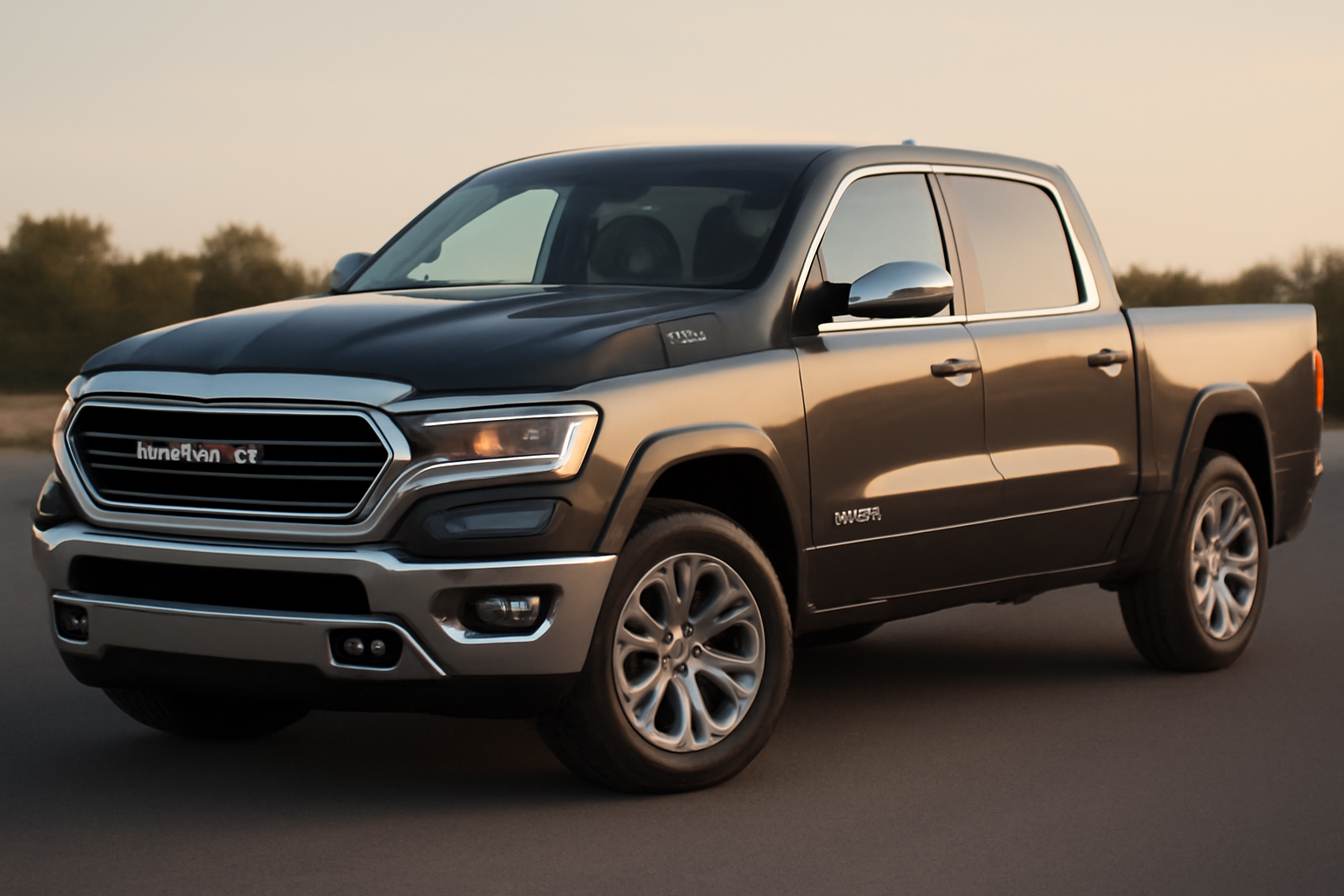Purchasing bank-owned properties, also known as Real Estate Owned (REO) properties, can be an enticing option for savvy investors and everyday buyers alike. Buying a bank-owned property can lead to obtaining homes or other assets at a lower market value, but it's crucial to understand the intricacies involved in such transactions.

Bank-owned properties become available when a homeowner defaults on their mortgage payments, leading the lender to foreclose on the property. Financial institutions seek to recoup their losses quickly, often pricing these properties below market value, offering potential buyers an attractive investment opportunity.
Navigating the Purchase Process
While the prospect of purchasing a bank-owned property can be appealing, the process requires careful attention and due diligence. Here are some key steps to consider:
- Research and Locate: Begin by researching bank-owned properties in your desired location. Banks list these properties through real estate agents or on their websites. Utilize online resources, multiple listing services (MLS), and connect with a real estate agent with experience in REO transactions.
- Financing: Secure pre-approval from a lender to strengthen your offer and help keep your budget realistic. Although purchasing an REO property differs from a traditional sale, a bank will still assess your ability to finance the purchase.
- Inspection and Appraisal: Conduct thorough property inspections and appraisals before submitting an offer. Given that REO homes are sold "as-is," understanding the condition of the property is crucial to avoid unforeseen renovation costs.
- Submitting Offers: Prepare for potential negotiations with the bank. Submit offers that reflect the property's condition and market value while keeping room for potential counteroffers.
- Closing the Deal: Once an offer is accepted, the closing process entails the standard steps of property ownership transfer. Ensure all necessary paperwork, including proof of financing and insurance, is adequately handled to avoid delays.
Advantages and Disadvantages
Advantages
Purchasing bank-owned properties can provide several benefits:
- Potential Cost Savings: Often priced below market value, bank-owned properties offer the chance to acquire real estate without a significant financial burden.
- Clear Title: Banks typically handle any outstanding liens or claims on the property, ensuring a clear title for prospective buyers.
- Available Immediate Possession: Unlike short sales or auctions, the bank-owned property sale process usually allows for a quicker acquisition and move-in timeline.
Disadvantages
Despite the appealing prospects, some challenges may arise:
- "As-Is" Condition: Many REO properties may require significant renovations. Conduct due diligence to assess any repair costs accurately.
- Limited Neglect Disclosure: Banks sell uninhabited properties as they stand, which means potential buyers may encounter undisclosed issues.
- Limited Bank Flexibility: Banks aim to recover their losses promptly, often leaving minimal room for haggling on price or terms.
Final Thoughts
Bank-owned properties can be a valuable addition to an investment portfolio or a cost-effective solution for homebuyers looking for something unique. Despite the potential for obtaining property at a lower cost, ensuring a thorough understanding of the process and the properties being considered is vital for a successful transaction. Engaging with experienced real estate professionals and conducting comprehensive research are crucial steps to maximize the potential benefits associated with the purchase of bank-owned properties.

